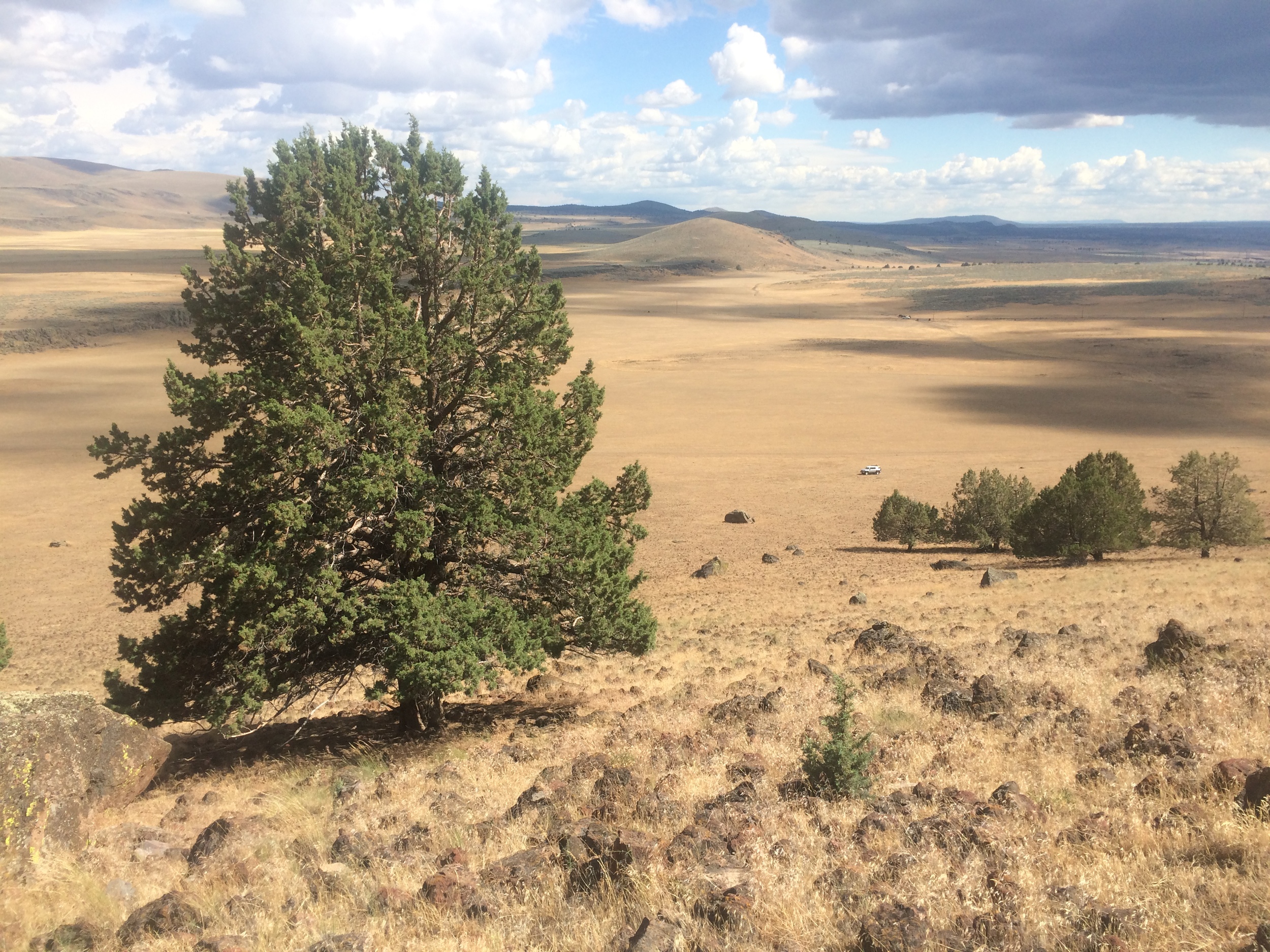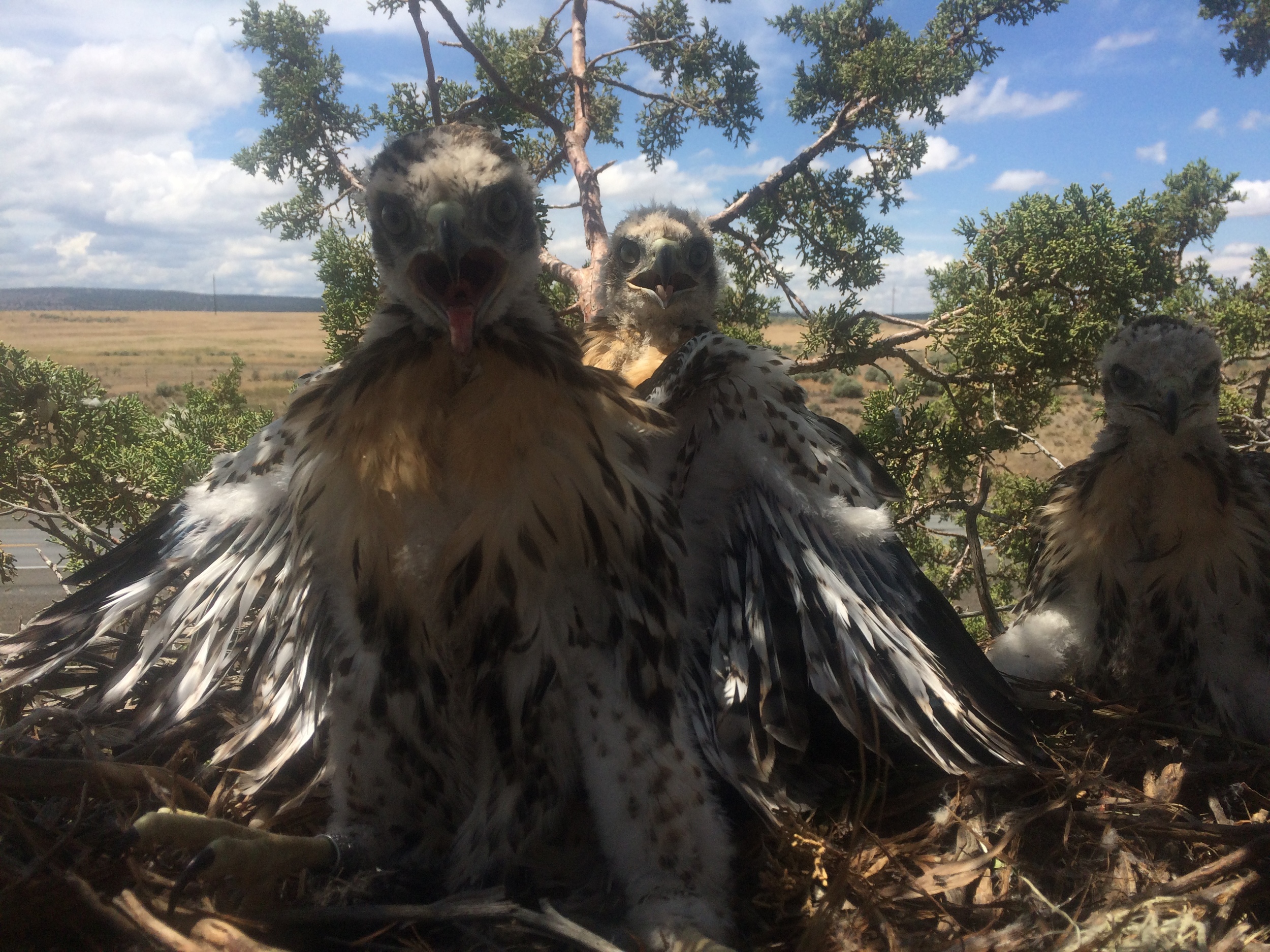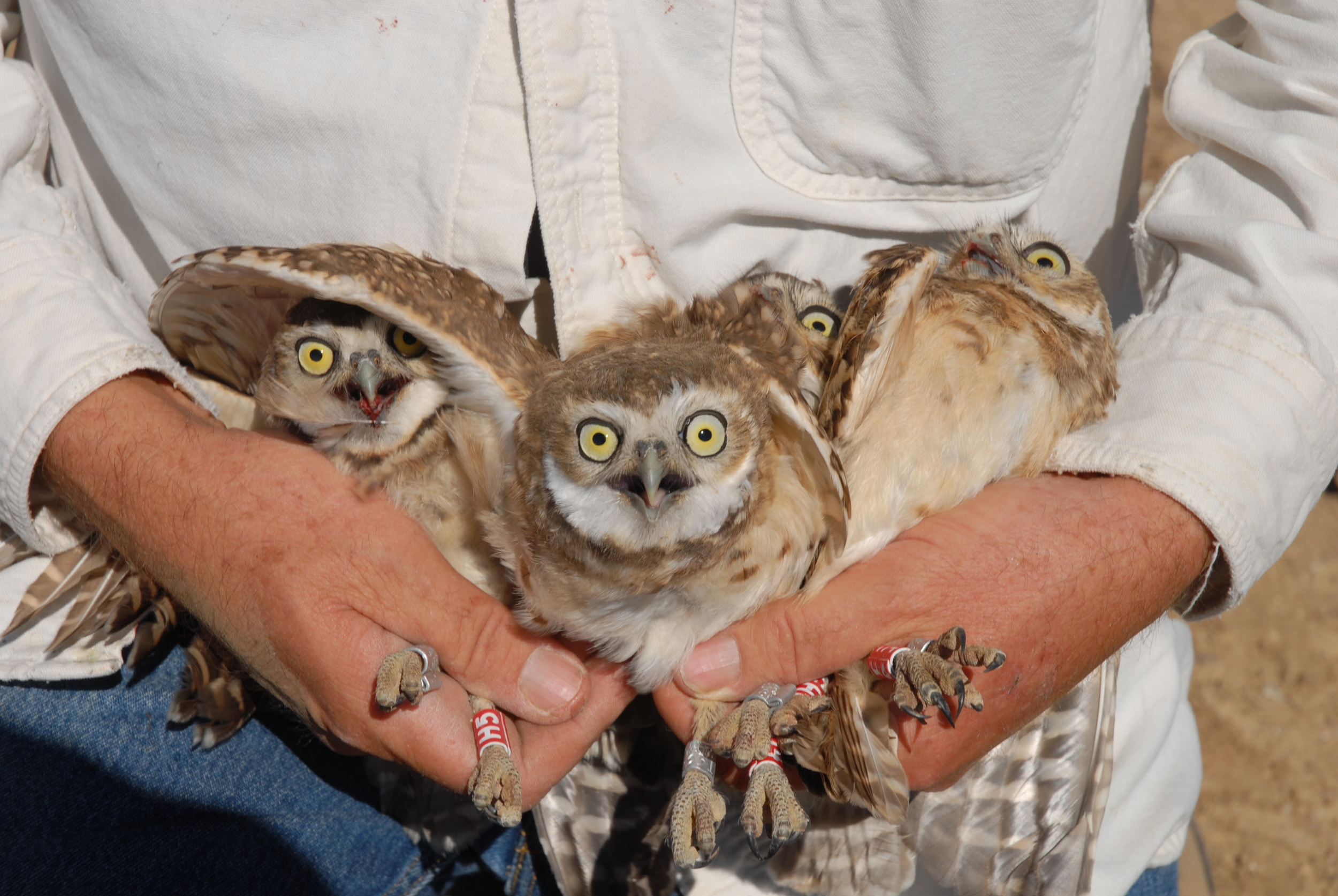News
Updates on BBI's current projects and news that relates to BBI's goals and interests.
Peterson Ranch - Mitigation Bank
Peterson Ranch has established the Land Veritas Mitigation Banks which will provide habitat for a number of important species. We were relatively peripheral to the creation of this land bank but our endorsement of it as credible Swainson’s Hawk habitat contributed to its acceptance.
More information here.....
BBI field work - spring 2015
June 16 - Peter Bloom raptor presentation at Torrance Audubon chapter.
PV/SB Audubon Chapter
Madrona Marsh Nature Center
3201 Plaza del Amo
Torrance, CA, 90503
7- 9 pm.
http://www.friendsofmadronamarsh.com/
Title: Unusual Movements of Raptors Banded in Southern California
Description: Peter will speak about some of the results from his dissertation research that includes a hitherto undescribed migration of fledgling and young adult Red-tailed Hawks from southwestern California to northerly latitudes at least as far a Yellowstone NP in Montana, and another component that looks at vagrancy (basically lost) in Red-shouldered Hawks also banded in southwestern California.
Open to the public. Light refreshments are provided. Free! Donations are greatly appreciated. For more information please contact the Madrona Marsh Nature Center at 310-782-3989.
You Win Some, You Lose Some: Big Year Species 251
It’s been a few weeks since I’ve added a new species to the Big Year count. I think it’s getting to that point where I actually have to make a concerted effort to find new ones, primarily by chasing after species reported by others. While I’ve been birding for over 30 years all over the Americas, I’ve never been much of a chaser of species found by others. The reasons are pretty simple:
- Urban parks are not my thing. For some reason or another, it seems the majority of rarities show up in city parks, often in the middle of very urbanized areas, and not the type of places I enjoy spending my time in, such as more remote areas that you could call wilderness. I highly doubt that there are actually more rarities in those places. They are just more likely to be found. There is an argument, however, for a verdant spot in the middle of a city being like an island oasis in the middle of an ocean.
- I hate waiting and wondering. It is commonplace when you chase after a bird for that bird to not be immediately evident upon your arrival. So, you wait. You wonder. You wander. You poke around in the places where others have reported seeing it. If you don’t find the bird relatively quickly, you begin to wonder if you are going to be the first person to miss it. How long should I wait? Am I wasting my time? I guarantee someone will find it right after I leave.
- I hate it when someone finds a bird I missed. That I specifically sought. Immediately after I gave up and left the place it was previously found. It happens to all who chase birds regularly. “Birds have wings and they do things…” is a quote often attributed to Roger Tory Peterson. Whether he said it or not, it’s accurate, and the thing they do quite often is avoid detection when you are looking for them.
So, given all of the above, I chased an immature Yellow-crowned Night-Heron on Thursday. The bird had been seen in a variety of places centered around the Ballona Channel in Marina del Rey. It was just my luck that I had to do a short nesting bird survey on a rather small property about two miles away. After completing the survey, I went straight to the parking lot at Del Rey Lagoon, got out of my Jeep, and there was the Yellow-crowned Night-Heron feeding on the narrow mud flat right in front me. There was no effort on my part. I got out of my Jeep, set up my camera, and snapped pictures until someone walked by with their dog and it flew to the other side.
Why can’t they all be that easy?
Yellow-crowned Night-Heron at Del Rey Lagoon. Photo by Marcus C. England.
As a reminder of my points above, and their general applicability outside of my own experience, I subsequently walked north to bird the Ballona Channel wherein I met another birder.
Other birder (chewing on a sandwich): “Did you see it?”
Me: “You mean the Yellow-crowned Night-Heron?”
Other birder (chewing on a sandwich): “Yes.”
Me: “Yep. I just came from there. It was feeding on the southwest shore.”
Other birder (putting away sandwich): “Really? I didn’t see it. Guess I’m heading back over there.”
I never saw him again, and I do not know if he ever saw it, but I do know the bird has been seen daily through today. In some sense, though, I also became that birder (chewing on a sandwich) when it came to the rest of my day. I still do not have Common Tern or Black Skimmer for Los Angeles County for the year. Birders have observed both species recently, repeatedly, at the Ballona Channel. Once again, on yet another visit there, I come up empty. I continued my day a little further inland at the Ballona Freshwater Marsh. My primary goal bird there was a Rose-breasted Grosbeak that had been reported the previous few days in an elderberry above the road on the south side. I spent about a half hour there, by the elderberry, agonizing whether to stay or go. I decided to leave. When I reached the north side of the marsh and my Jeep, I looked back at the elderberry far away and saw some birders looking up at it. I later got an ebird report in my email stating it had been observed in the elderberry at just about that time.
It figures.
A pair of Barn Swallows in Marina del Rey. Photo by Marcus C. England.
A Caspian Tern flies over the Ballona Channel. Photo by Marcus C. England.
A juvenile Pied-billed Grebe at Ballona Freshwater Marsh. Photo by Marcus C. England.
Some pictures from the field on Earth Day...
We should preserve every scrap of biodiversity as priceless while we learn to use it and come to understand what it means to humanity. - E.O.Wilson.
Left to right top to bottom: Cassins Kingbird, Least Sandpiper, Snowy Egret, and the landscape near where we are conducting a riparian bird survey.
California Condor treated for cancer. →
Golden Eagle Movement, ongoing study in southwestern CA
Dr. Peter Bloom along with Dr. Robert Fisher and Dr. Jeff Tracy of the U.S. Geological Survey, seen here placing radio telemetry units on Golden Eagles in southwestern California. Dr. Robert Fisher releases an adult female.
Read MoreSo Cal Red Tailed Hawk Migration Study, 40 yrs in the making, now published!
Chapter two of Dr. Peter Bloom's dissertation as newly published in the March 2015 issue of the Journal of Raptor Research! Northward Summer Migration of Red-Tailed Hawks Fledged from Southern Latitudes.
Link to the Journal of Raptor Research.
Chapter one of Dr. Bloom's dissertation published in 2011, Vagrant Western Red-shouldered Hawks: Origins, Natal Dispersal Patterns, and Survival. The Condor 113: 538-546
California's only native pigeon...
...being studied for increased mortality. Article here.
Peter Bloom at Raptor Research Conference
We are pleased to announce that Peter Bloom Ph.D. will be the keynote speaker at this year's Raptor Research Foundation Conference Nov 4-8, 2015, in Sacramento, CA. The conference will be hosted by the Golden Gate Raptor Observatory.
Read More










